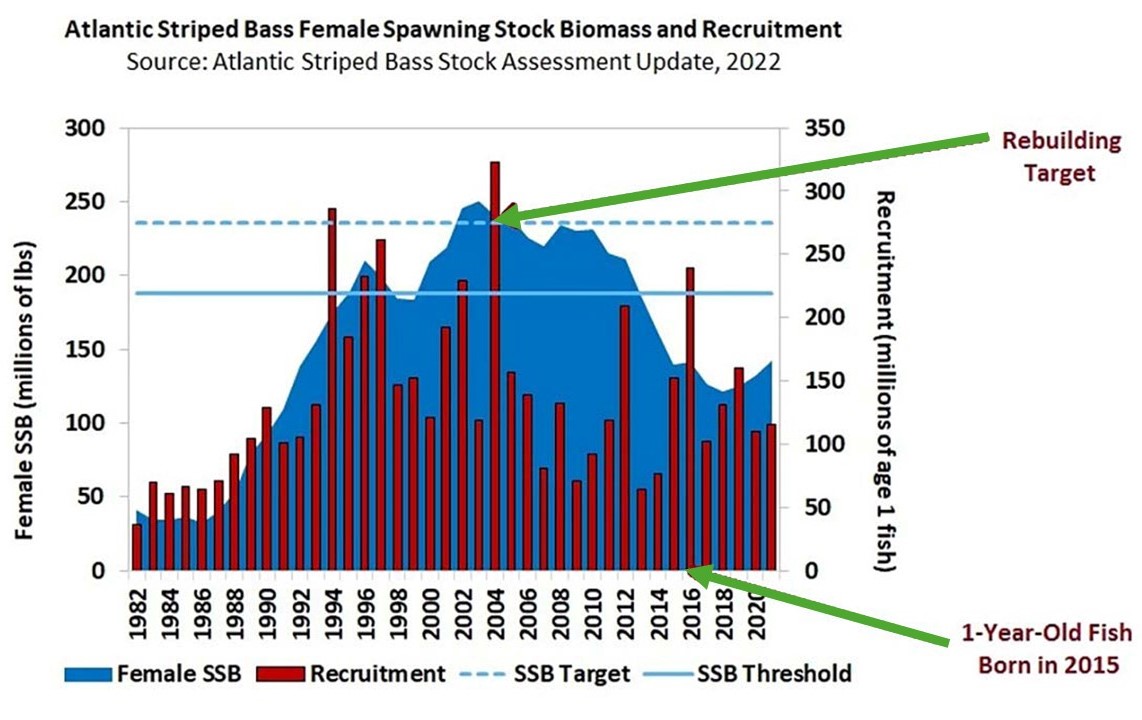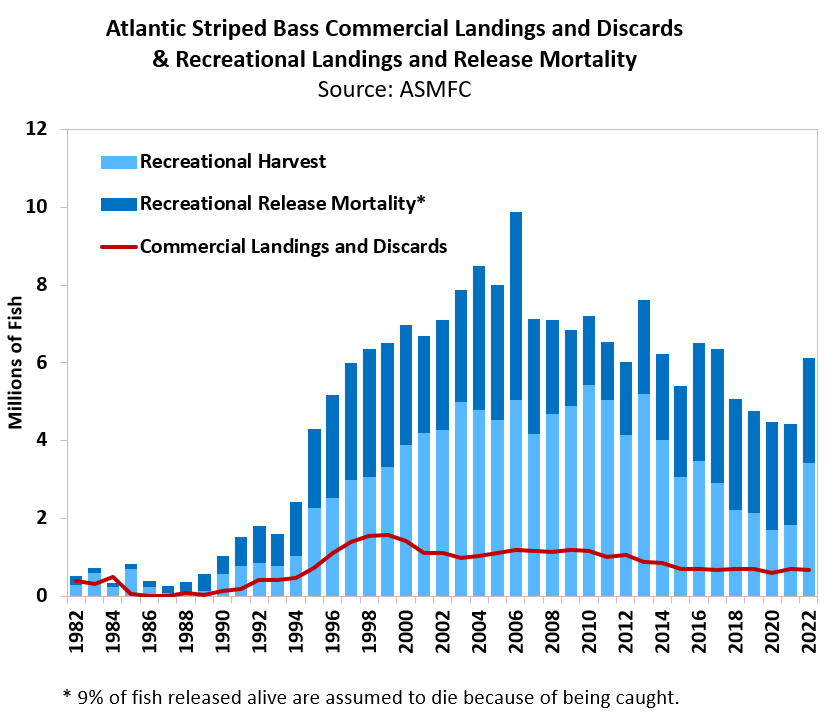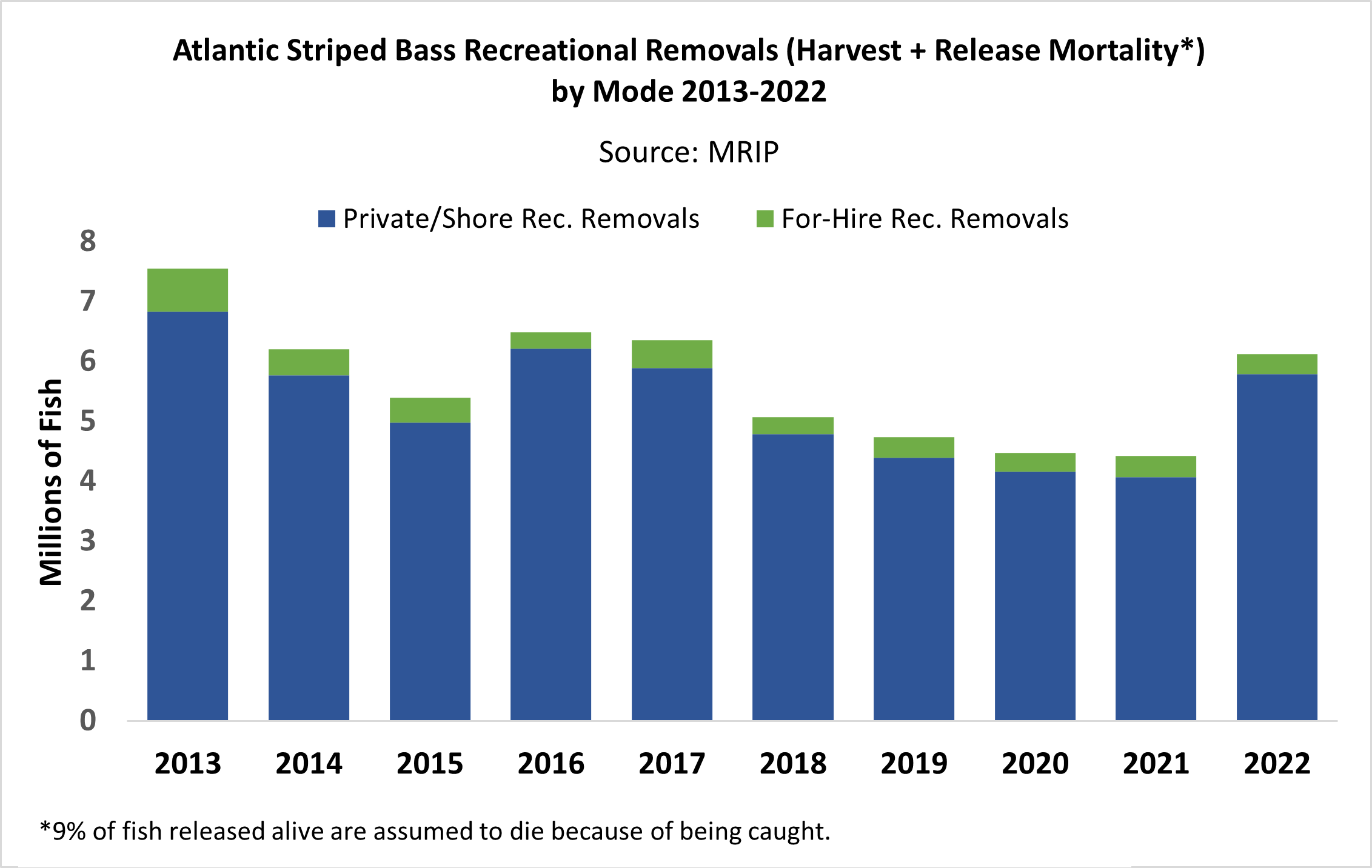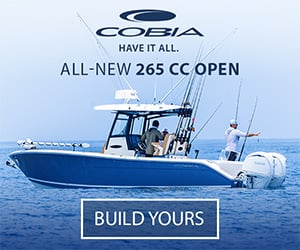On January 25, the Atlantic States Marine Fisheries Commission (ASMFC) approved Addendum II to Amendment 7 to the Interstate Fishery Management Plan for Atlantic striped bass. For the ocean recreational fishery, the Addendum means a continuation of the 28- to 31-inch slot limit and one fish bag limit implemented via emergency measure last spring, but also includes a new 19- to 24-inch slot and one fish bag limit in the Chesapeake Bay recreational fishery.
For the commercial fishery, the Addendum also reduces commercial quotas by 7% in both the ocean and Chesapeake Bay.
The Fisherman Magazine has been covering the ASMFC action over the past several weeks, including within our weekly video fishing forecasts for New England, Long Island and Metro New York, as well as the New Jersey, Delaware Bay region. But with all of this management discussion about striped bass in recent months, social media has been on fire with questions, comments and concerns related to striped bass management along the Atlantic Coast.
With that being said, we thought three specific striped bass charts produced by the ASMFC provided a fairly solid synopsis of how we arrived at this point, while summarizing the current striped bass fishery management dilemma faced by fisheries managers. Consider the following a three-step process to better understanding how we got to this point, perhaps why, and ultimately where we are headed.
#1 – STATUS OF THE STOCK

This chart explains the problem with the striped bass rebuilding schedule, with The Fisherman adding a couple of key points in the green “arrows” which point to (A) the ultimate rebuilding target, and (B) the last good ‘young of the year’ spawning data. The arrow to the Rebuilding Target shows the record number of striped bass from the early 2000’s that is now the target level for a fully rebuilt striped bass spawning stock biomass (SSB). The deadline to meet that SSB target is 2029; the striped bass fishery is considered to be rebuilding until that ultimate SSB goal is met.
Note, it’s possible to have an “overfished” stock without actually experiencing “overfishing” so long as we’re not taking more fish than can naturally be put back in through spawning results; the green arrow pointing to the 2015 recruitment year (age 1 in 2016) being the last good cohort of striped bass which are now theoretically over the 31-inch size, which are expected to contribute to future spawning success. The goal of ASMFC remains to keep fishing mortality at the target level in order to rebuild SSB to its target – the two are linked.
#2 – COMMERCIAL VS. RECREATIONAL

This chart shows the difference between overall recreational striped bass mortality and commercial mortality according to the ASMFC (in numbers of fish). There’s been a lot of finger-pointing in the community about those dirty draggers and commercial pinhookers, but according to this particular ASMFC chart that argument within the recreational community doesn’t mesh with the government data. According to ASMFC, the primary source of mortality in the striped bass fishery comes from the angling community, which in this case is based on the Marine Recreational Information Program (MRIP) managed by NOAA Fisheries.
This chart shows overall recreational mortality in blue vertical columns, with the commercial landings and discards represented in a horizontal red line that says roughly at or below the 2-milllion fish mark since the early 1980s. Compounding that surprising figure, when you look at the light and dark blue columns that represent the landings and discards (total mortality) in the angling community, it’s almost 50/50 between the stripers harvested and the mortality coming from catch and release. Folks should pay particular attention to the 2022 catch numbers coming from MRIP; this is considered a pretty outstanding striper catch and the high MRIP numbers caused the wheels to come off on our rebuilding path to 2029, resulting in the ASMFC “emergency action” decision in May of 2023.
#3 –PRIVATE ANGLERS VS. FOR-HIRE

This chart was created for The Fisherman by ASMFC by request. During the most recent ASMFC striped bass debate, many members of the for-hire community had supported a “mode split” of separate regulations for party and charter boat anglers relative to their private angling counterparts. While the majority of anglers and organizations opposed the concept of separate regulations for anglers aboard for-hire boats vs. private anglers and surfcasters, this particular ASMFC chart best describes why that debate was waged.
According to ASMFC’s Fishery Management Plan Coordinator Emilie Franke, the fishery management plan for striped bass uses MRIP data for analysis of recreational measures. “For the past 10 years, the private-shore modes accounted for 93% of recreational removals on average each year, and the for-hire modes accounted for 7% of recreational removals on average each year,” Franke told us via email.
It should be noted that many headboats and charter boats acquire federal permits for taking customers fishing for species like black sea bass and fluke outside of 3 miles in federal waters. These “federally permitted” for-hire boats are also required to keep electronic vessel trip reports (eVTR) for every trip they take; however, according to Franke these catch data are not used in striped bass stock assessments. “eVTR data is not used for striped bass,” Franke said via email, while adding. “During some of the past benchmark assessments, we have looked at the VTR data as a potential fishery-dependent index of abundance but decided not to pursue it because of the shorter time series and the fact that the for-hire sector is a small component of the overall striped bass fishery.”
A lot of striper fishermen along the Atlantic Coast are quick to blame anglers aboard the party and charter boats for the overall mortality issues with striped bass, however, this ASMFC chart and analysis contradicts that belief (much like chart #2 pretty much quashes our argument that commercial striper fishermen cause more striped bass mortality than we in the recreational fishing community).
German-American architect Ludwig Mies Van Der Rohe is attributed to the saying, “the devil is in the details.” But if you prefer Mark Twain, there’s always “Lies, damned lies, and statistics.”

